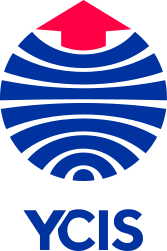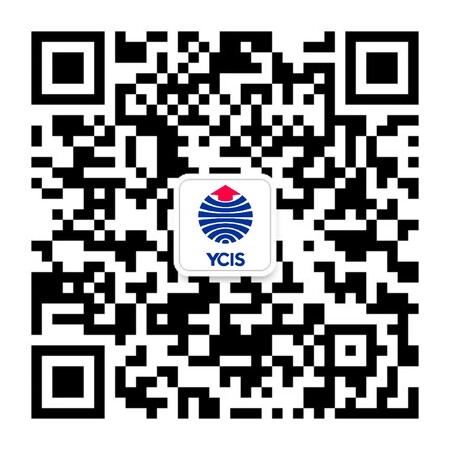Go Back
News
News
Our CAL Learners’ Practical Guide to Beijing
News
26 May, 2017
10 : 00
If you’ve just moved to Beijing, the experience can be a bit overwhelming. Once routine and simple activities, from ordering food to asking directions togetting your hair cut, become far more complex when trying to conduct them in a language as challenging as Chinese!
Recently, our Chinese as an Additional Language (CAL) learners in Primary School were challenged to create a Practical Guide to Beijingusing all the knowledge they’ve accrued during their time in Yew Chung International School of Beijing classes. These projects, presented through a recent assembly for our parents, both offered helpful language tips for ordering food, getting your hair cut, and finding your way to the best tourist destinations in Beijing while also showcasing the considerable language skills they’ve picked up in such a short amount of time.
Nikki Liu, Chinese Language Teacher and principle organizer of this event, filled us in on the event and explained the uniqueness of the Primary school CAL curriculum.
Please introduce the Chinese Learning Celebration.
Throughout the year, students have been learning about different day-to-day scenarios and how to communicate in each situation. Students have been challenged to think about how they can create a “life guide” for people who have just moved to the city.
For example, when talking about their favorite places in Beijing, what should a new visitor know about it? Maybe visitors want to try some traditional Chinese food; in that case, students offer some ways to order food and some recommendations of their favorite dishes.
They connect language and learning with real life scenarios. This will be an opportunity to show their parents how well they learned and how much of the language they are able to use in daily life.
What is the purpose or learning goal of this event?
This is a great opportunity for students to appreciate just how much they’ve learned this year. By seeing how much they can communicate, it gives them a great sense of pride as well as more confidence and interest in learning Chinese. This will hopefully provide further motivation for them in continuing to pursue their Chinese studies.
How does this project align with the greater goals of the CAL curriculum in Primary School?
For CAL students, we focus on the use of communication side of language instead of literature, so I think that actually learning the foreign language can help them to adapt to the local culture, and hence help them adapt more easily to life in China overall. For example, if they learn about ordering food, they learn something about the culture as well.
Chinese characters are often very difficult for CAL learners to learn. Our goal is to make them feel the language is more approachable and that there is still much to be gained from the language even without characters. With this philosophy in mind, we look to encourage students to use Chinese to communicate, then learn characters little by little. For CAL learners, speaking is more important than writing, at least in the very beginning.
Learn more about our Chinese Language and Culture Program by clicking here!












